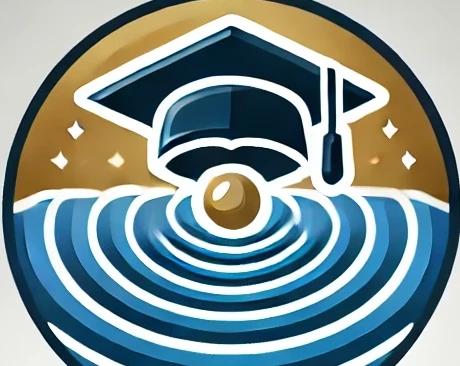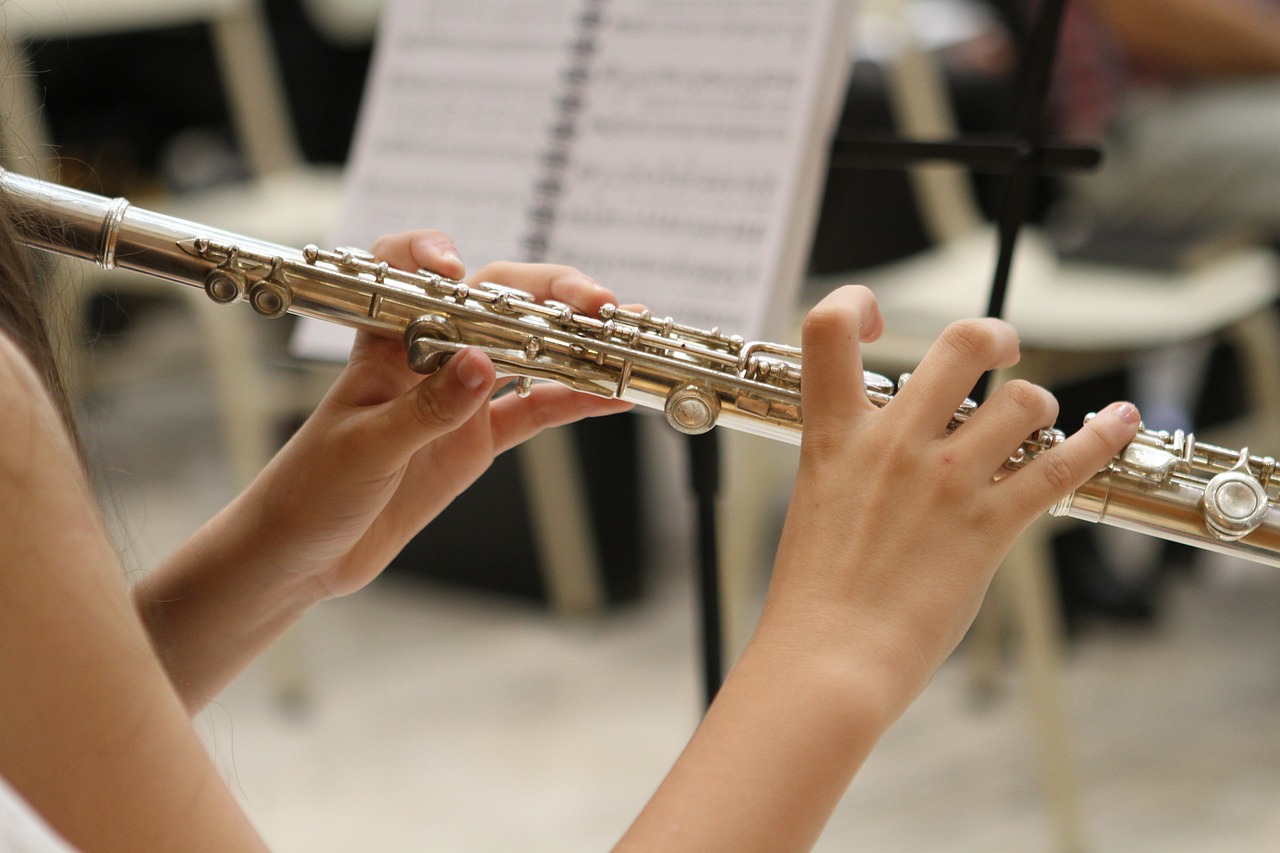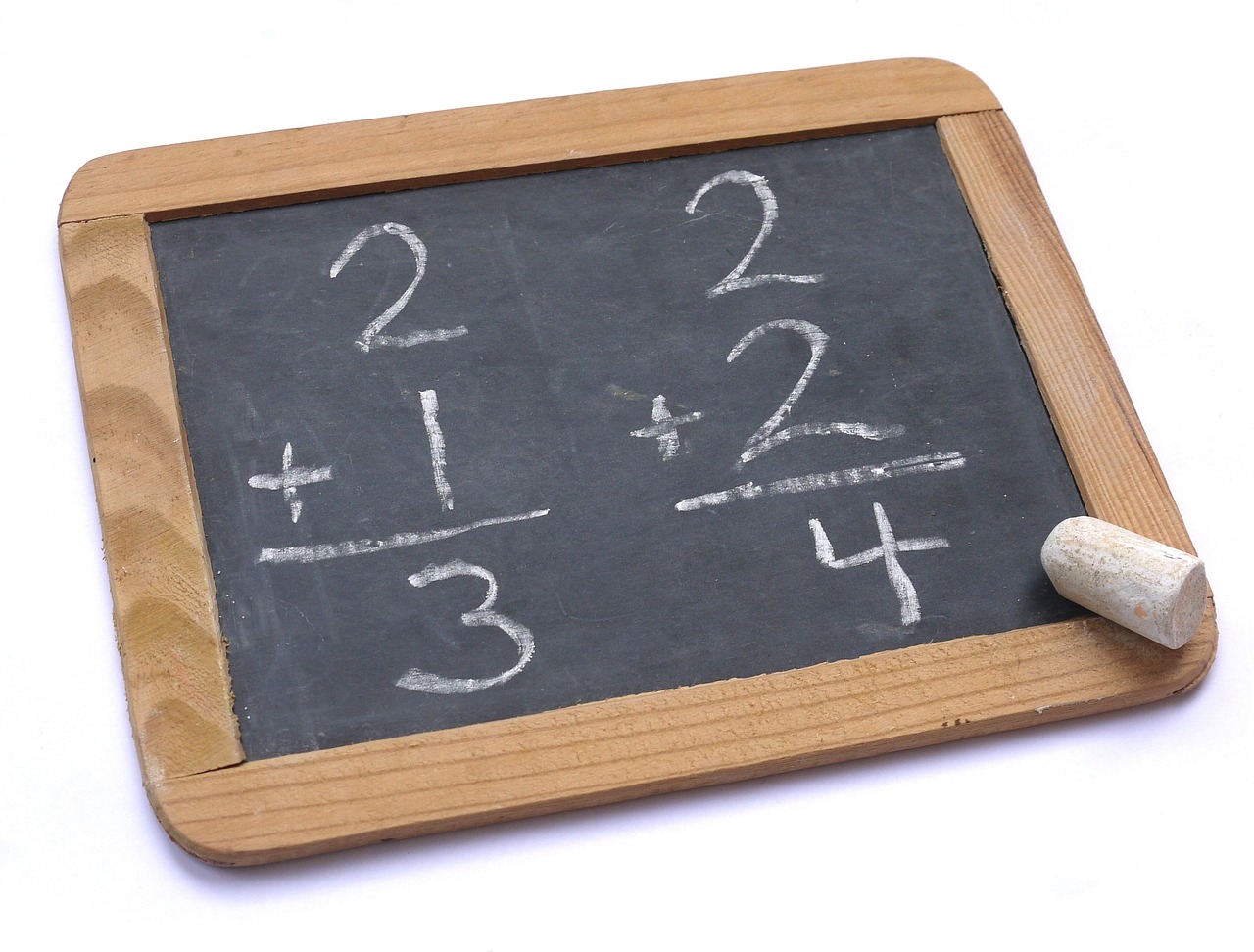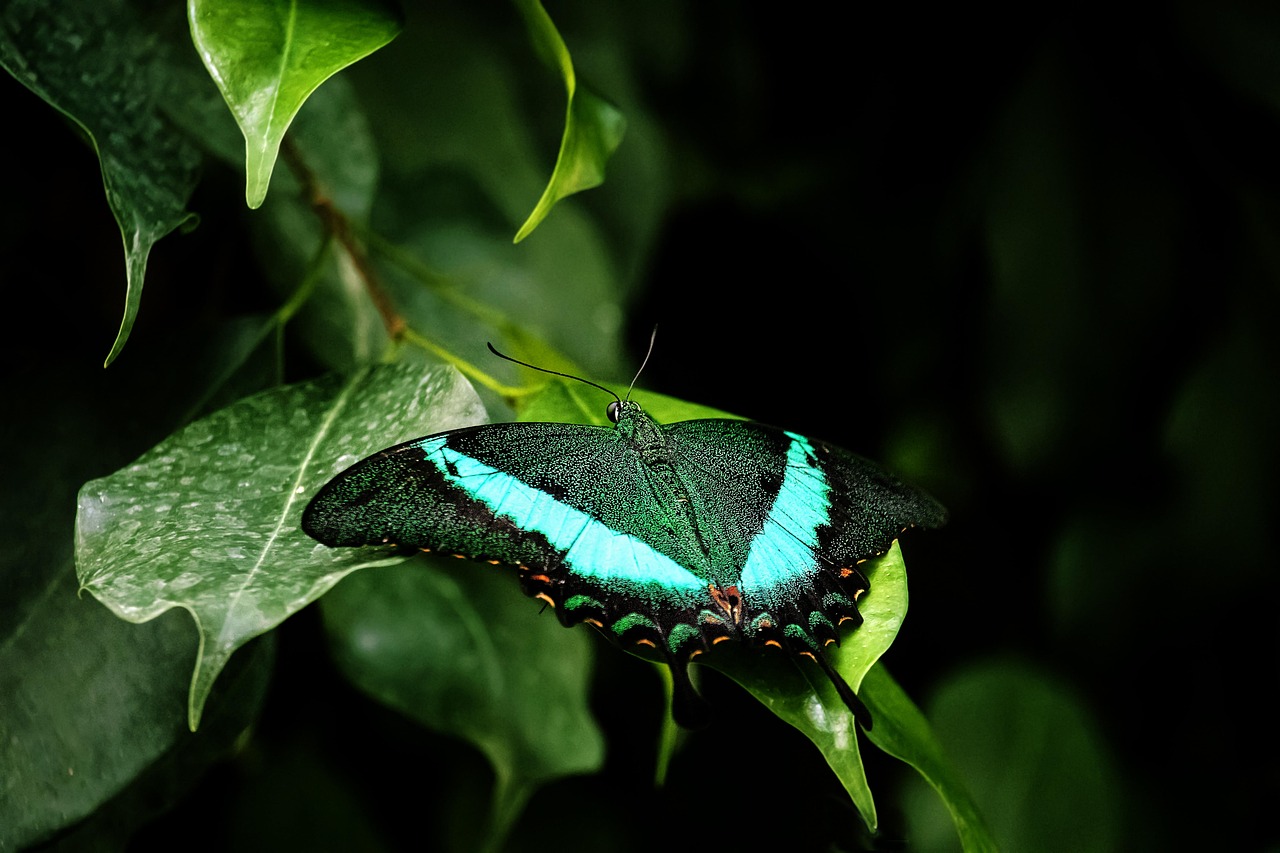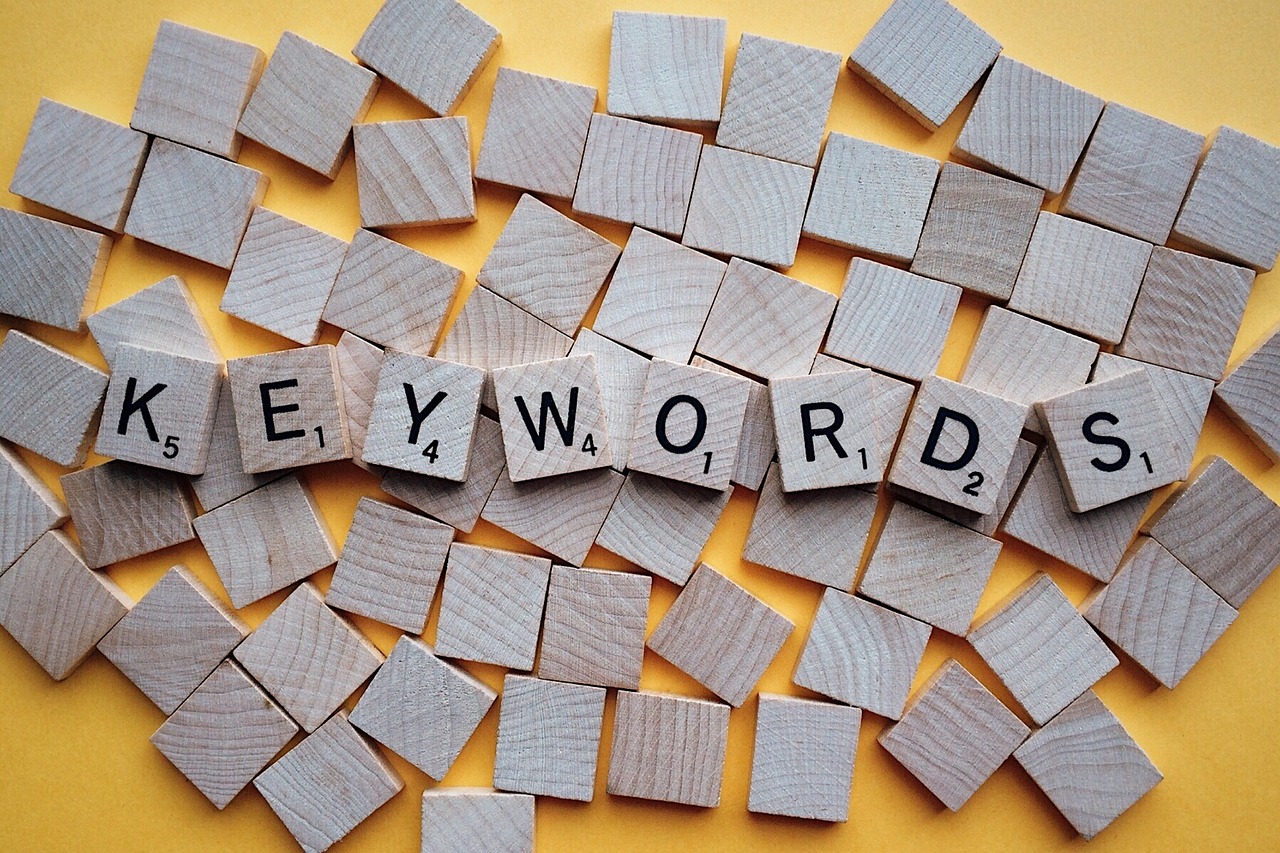Subject: Science
Class: Primary 2
Topic: Forms of Energy
Week: 2
Term: Third Term
Duration: 40 minutes
A. Lesson Objectives
By the end of the lesson, pupils should be able to:
Understand what energy is.
Identify different forms of energy.
Describe examples of each form of energy.
Recognize how energy is used in daily life.
B. Instructional Materials
Pictures or flashcards representing various forms of energy (e.g., light, heat, sound)
Objects that produce different forms of energy (e.g., light bulb, battery, toy that makes sound)
Whiteboard and markers
Chart showing different forms of energy
C. Lesson Content
1. What is Energy?
Energy is the ability to do work or cause change. It makes things happen and allows us to do activities. Energy can take different forms, and it is used in various ways every day.
2. Different Forms of Energy
There are several forms of energy. Today, we will learn about some of them:
1. Light Energy
What is it?
Light energy is the energy that allows us to see. It comes from sources like the sun, lamps, and light bulbs.Examples of light energy:
The sunlight that brightens the day.
The light from a lamp or flashlight.
The light from the television screen or computer.
Uses of light energy:
Light energy helps us see at night, read books, and see objects around us.
2. Heat Energy
What is it?
Heat energy is the energy that makes things warm or hot. It comes from sources like the sun, fire, and electrical appliances.Examples of heat energy:
The warmth you feel from the sun.
The heat from a stove when cooking food.
The warmth from a heater on a cold day.
Uses of heat energy:
Heat energy is used for cooking, warming up our homes, and drying clothes.
3. Sound Energy
What is it?
Sound energy is the energy that makes things produce sound. It travels through the air and is produced when things vibrate.Examples of sound energy:
The sound of a bell ringing.
The music played on a radio.
The sound of someone talking or singing.
Uses of sound energy:
Sound energy helps us communicate, listen to music, and hear alarms.
4. Electrical Energy
What is it?
Electrical energy is the energy used to power electrical devices and appliances. It is produced by electricity and is used in almost every part of our lives.Examples of electrical energy:
The energy that powers lights and fans in the home.
The energy used by appliances like the refrigerator, TV, and washing machine.
The energy from a battery that powers toys or mobile phones.
Uses of electrical energy:
Electrical energy is used to power devices that help us in our daily activities, like lighting our homes, using computers, and watching TV.
5. Mechanical Energy
What is it?
Mechanical energy is the energy of motion. It is the energy that makes things move.Examples of mechanical energy:
A bicycle moving when you pedal.
A car driving on the road.
A spinning wheel or a toy car running.
Uses of mechanical energy:
Mechanical energy is used to move vehicles, machines, and tools.
3. Summary of Forms of Energy
Light Energy: Helps us see.
Heat Energy: Makes things warm or hot.
Sound Energy: Helps us hear sounds.
Electrical Energy: Powers electrical devices.
Mechanical Energy: Makes things move.
D. Class Activities
Activity 1: Identify the Forms of Energy
Show the students different objects or pictures (e.g., a light bulb, a fan, a bell, a bicycle) and ask them to identify which form of energy each one represents (light, heat, sound, electrical, mechanical).
Activity 2: Energy Around Us
Ask the students to look around the classroom and identify objects that use different forms of energy. For example, the light bulb uses light energy, the fan uses electrical energy, etc.
Let them share their answers with the class.
Activity 3: Sound Energy Fun
Play different sounds (e.g., bell ringing, music, animal sounds) and ask the students to guess what the sound is and identify that it is sound energy.
E. Evaluation (Assessment)
Ask pupils to name three forms of energy and provide an example for each.
Give each student a small set of pictures showing different energy forms, and ask them to match the object to the correct form of energy.
Ask the pupils to describe how energy is used in their daily life (e.g., how does a light bulb help us?).
F. Assignment
Worksheet: Complete the worksheet where the student will match objects to the correct form of energy (e.g., a toy car → mechanical energy).
Drawing Activity: Draw two things that use light energy and heat energy. Write a sentence about how each one uses energy.
G. Conclusion
Today, we learned that energy is all around us and comes in different forms: light, heat, sound, electrical, and mechanical.
Each form of energy helps us in different ways, from helping us see to making things move.
Encourage the students to observe different forms of energy in their homes and around them.
